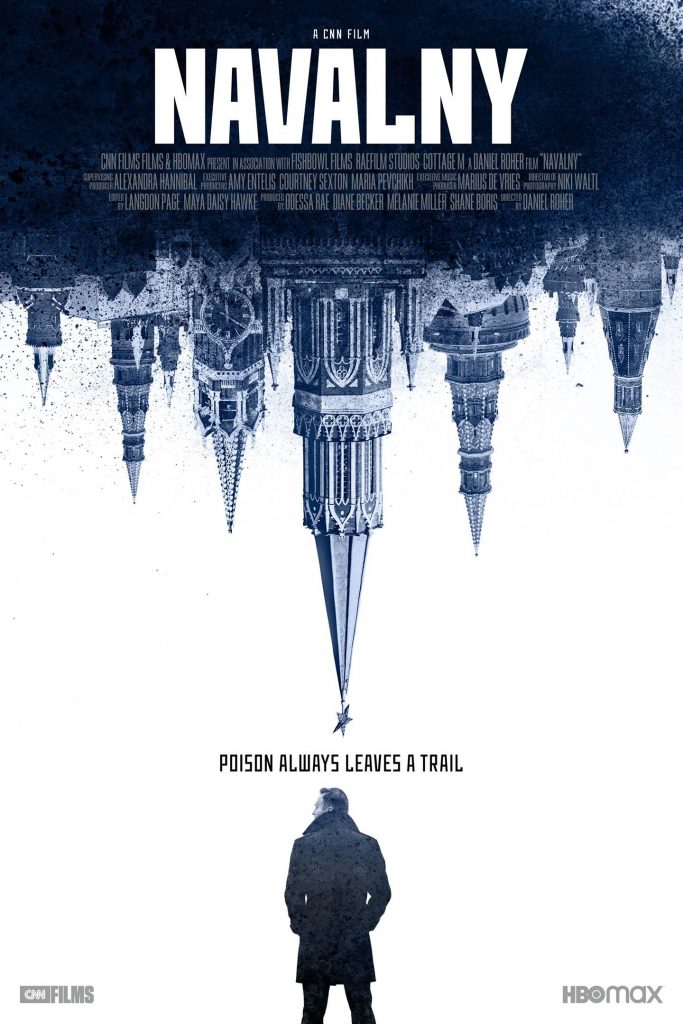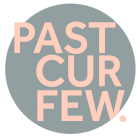We were thrilled to design a range of sequences for the acclaimed film, Navalny. We came on board early in the LA/London based edit, having worked extensively with both producer Diane Becker and editor Langdon Page previously.
We were thrilled the film premiered at Sundance, and has since won a BAFTA and Oscar. We were very honoured to be part of such an important film, about an outstanding and inspiring individual. And from the words of director, Daniel himself…
“Well sh*t. We won an Oscar. And a BAFTA! We did it. I’m left with a deep well of gratitude… All the graphics in this movie look amazing and I’m grateful for the love and care you guys put into this film. To quote John Wayne, “You done good, kid!” Sending you a million thank yous! You had the courage to walk through the fire with us. For that I’m forever grateful.”
Daniel Roher, Director, Navalny
Process
Our early conversations with Daniel were that the film required a graphical presence which had a strong narrative functionality.
At the core of our design explorations, was duality – cause and effect. They were interested in finding a balance between Navalny’s infectious energy and humour, and the seriousness behind the core theme of the film.
As Nalvany has a strong social media presence with his followers, they were also interested in exploring the aesthetic of memes, internet and specifically social media.
Our starting point was bouncing ideas for, what was then, a full title sequences. Our brief at this stage was to create a “baller title sequence” so we we threw a lot of ideas at the wall. We were particularly hoping the Putin vomiting rainbows might make the final cut…
However it was later decided to dive right into the film, and the title sequence concept was dropped, along with the magical Putin rainbows.
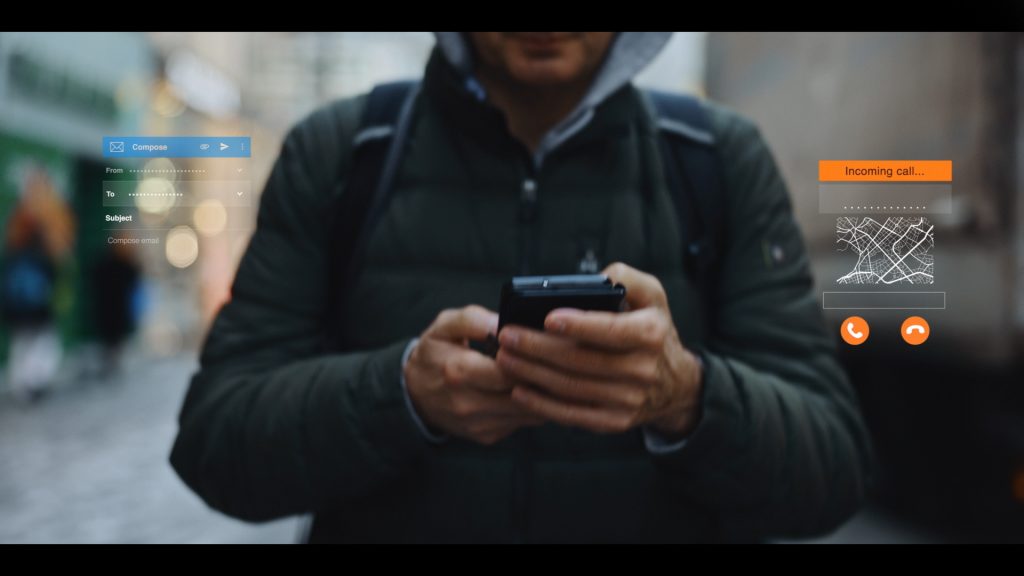
We focussed our energies on the narrative within the film, including one particularly key sequence where we needed to aid an explanation of how Navalny’s perpetrators were revealed. For our aesthetic, we kept within the relatively low fi look of our key contributor’s dated laptop, as it was his story explaining how the reveal took place. This kept our information clear and simple, and didn’t take the viewer out of the narrative.
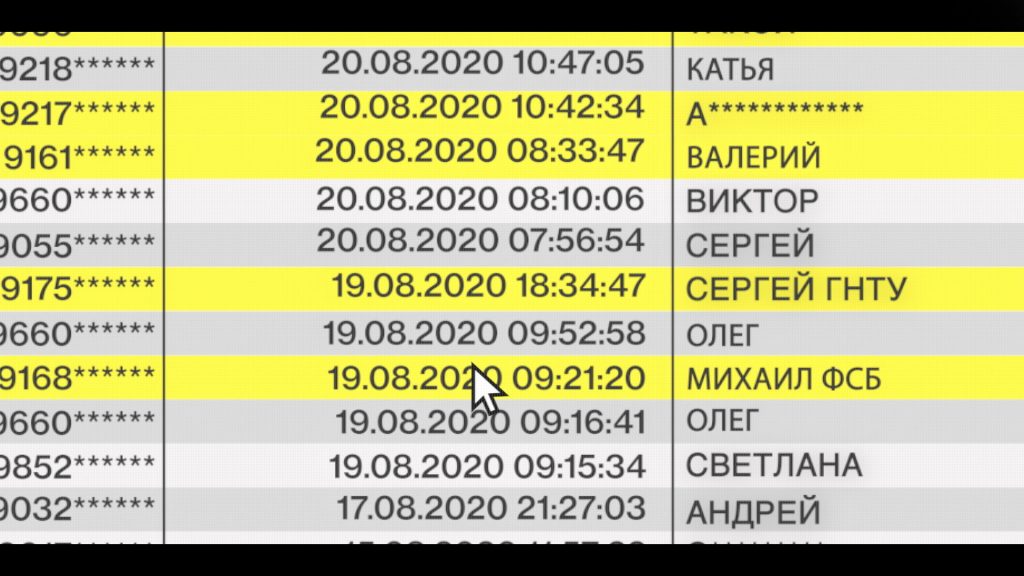
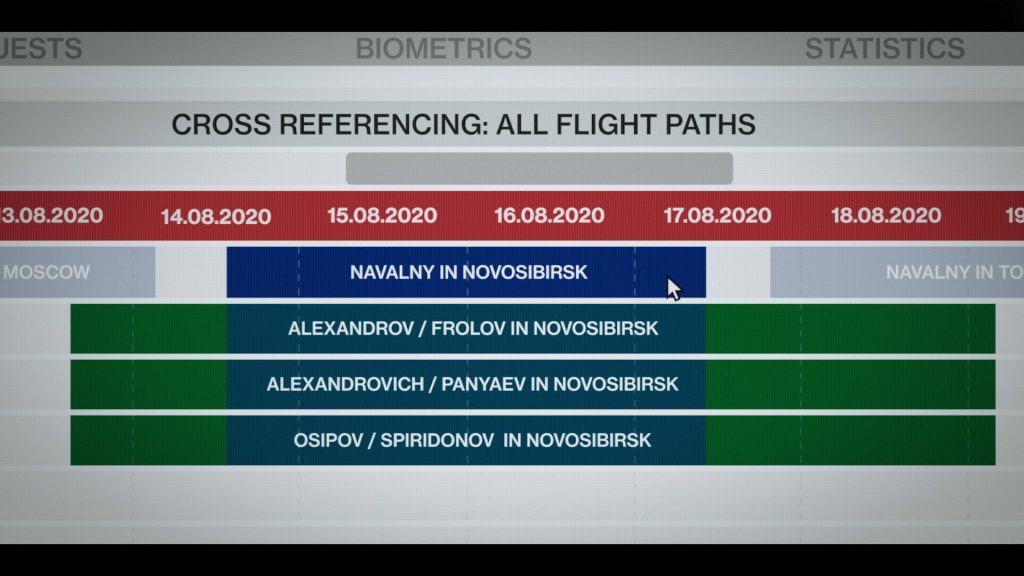
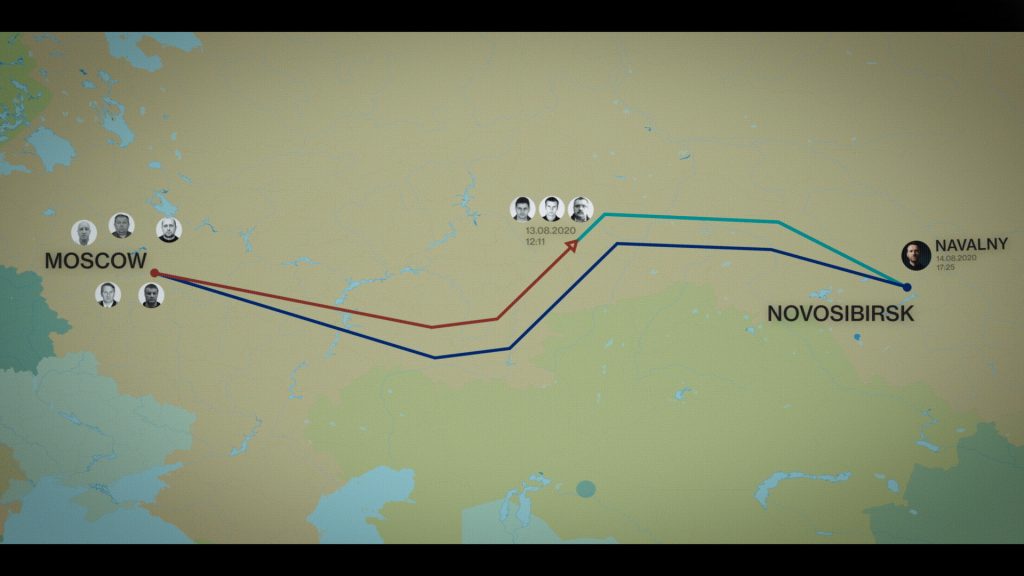
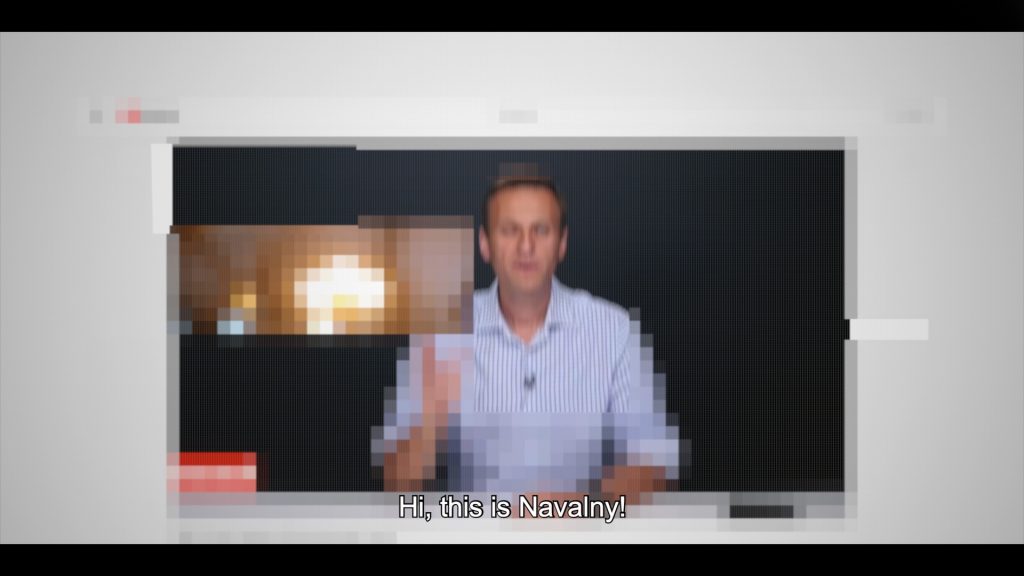
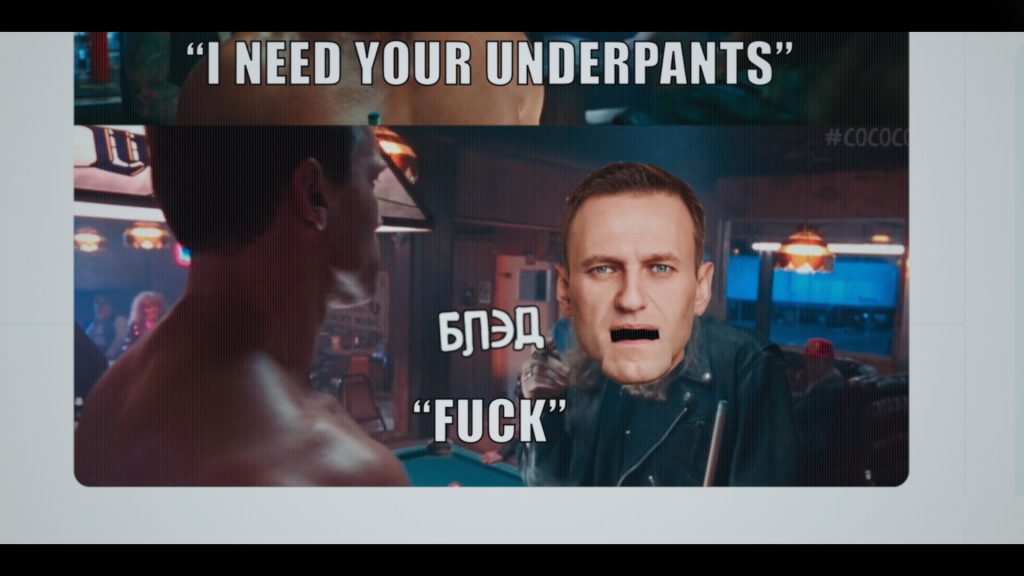
Throughout the film we also worked on VFX shots, including clean up/paint outs and recreating Navalny’s investigation board from the film – shooting the elements – and comping them into our own shots. These shots needed to sit alongside the on location shots, so time was spent carefully comping these self shot assets.
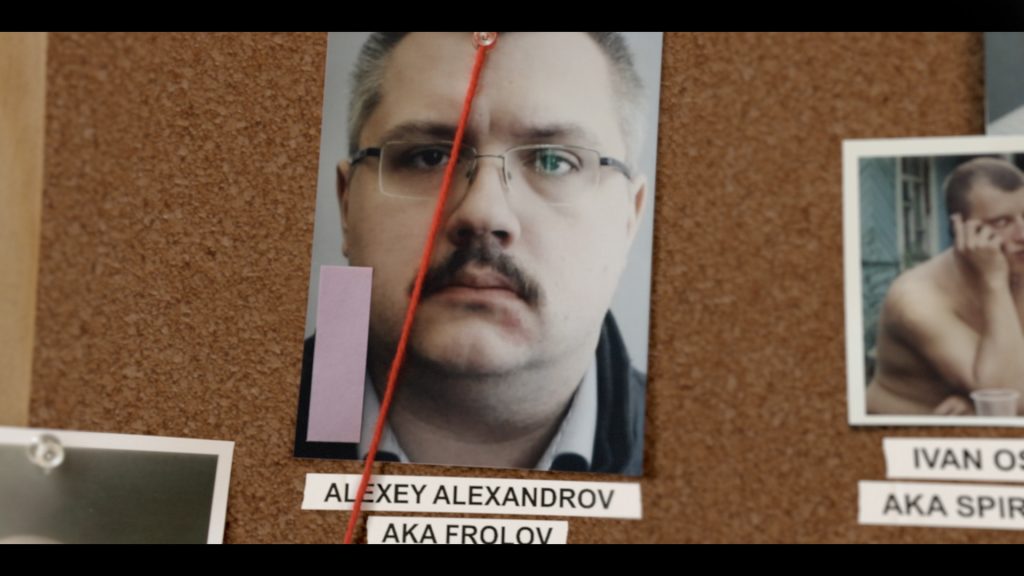
Design Director: Allison Brownmoore
Assistant Producer: Lucy Beavis
Lead Designer: Kevin Smy
Artists: Aaron Diamond, Sylvain Doussa, Neville Thompson, Alba Sanchez-Serrano
